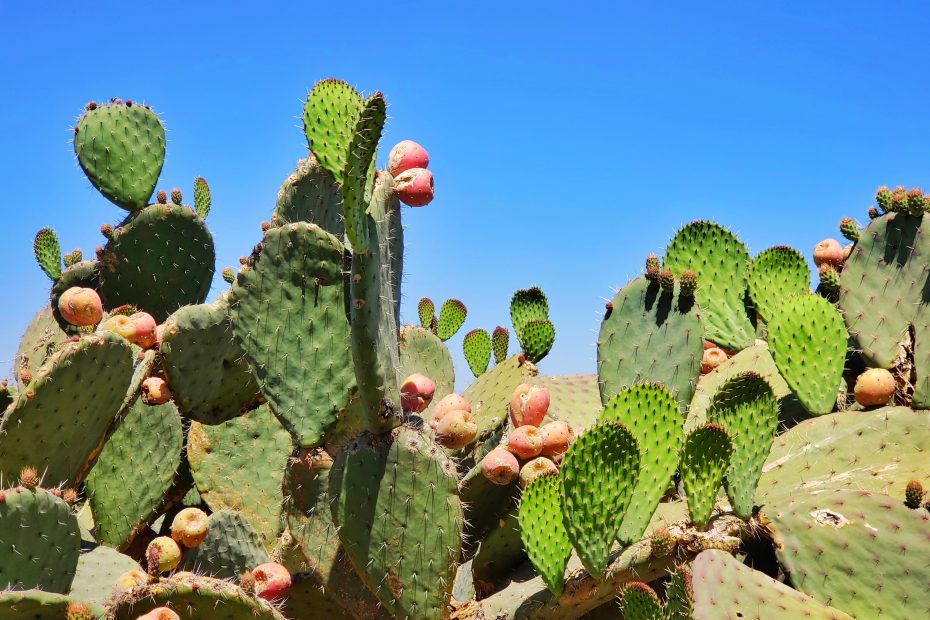Table of Contents
Introduction
Teotihuacan is an ancient Mesoamerican city located northeast of modern-day Mexico City. At its peak around 500-650 CE, it was the largest city in the pre-Columbian Americas with over 100,000 residents. The city is characterized by the monumental Pyramids of the Sun and Moon and the Avenue of the Dead. However, despite decades of archaeological research, Teotihuacan remains shrouded in mystery. Many details about its inhabitants, culture and ultimately why the city collapsed around 550 CE are still unknown. Recent exciting discoveries are helping unveil Teotihuacan’s secrets, though some enduring enigmas keep its mystique alive.
History and Construction
Teotihuacan was founded around 100 BCE, with major construction initiated in the first century CE. The city was carefully planned, with major buildings aligned to cosmological principles. Teotihuacan quickly became influential in the region. Its grand architecture and mural art left a lasting legacy. The Pyramid of the Sun, built over a cave, is the largest structure, standing over 200 feet tall. The smaller Pyramid of the Moon and Temple of the Feathered Serpent are equally impressive. The Avenue of the Dead connected key structures and may have hosted processions. Teotihuacan’s flourishing required huge amounts of collective labor over generations to construct.
Daily Life
At its peak, Teotihuacan relied on agriculture fueled by sophisticated irrigation systems. Residents farmed crops like maize, beans, chili peppers and squash. Many were skilled craftsmen producing goods for trade across Mesoamerica. Teotihuacan’s writing system has not been fully deciphered. They used numerical glyphs and calendars, but few written records survive. Religion and ritual were central, with animal and human sacrifice to gods. Rituals took place in temples like the Feathered Serpent. Extensive murals throughout the city reflect spiritual beliefs.
Government
While Teotihuacan’s political system remains obscure, it was likely ruled by an elite hereditary class. The city had no fortifications or military structures, suggesting rule through religion and commerce rather than military might. The Pyramids of the Sun and Moon likely served as ceremonial and political centers but did not house kings as in other cultures. Control was decentralized down to the district and neighborhood levels. Social classes were hierarchical but residents had access to basic services like housing and sanitation.
Decline
After 650 CE, Teotihuacan witnessed a catastrophic collapse, possibly due to an outside invasion, environmental factors like drought or an internal uprising. Fires and destruction throughout the city marked a period of ruin. Within a century, residents abandoned Teotihuacan, leaving it a ghost town. The reason for this dramatic end remains debated among scholars. Later Mesoamerican societies like the Aztecs revered Teotihuacan as a holy site but did not know its original name or founders.
Recent Discoveries
Ongoing excavations continue to uncover surprises. Tunnel systems beneath the Feathered Serpent Pyramid were recently found, containing seals, sculptures and skeletal remains. The tunnels were sealed before the city was abandoned, suggesting ritual meaning. New technologies like LiDAR scanning have revealed hundreds of previously unknown structures and details of the city’s layout. Isotope analysis of skeletons showed residents had diverse origins and diets. Exciting finds will continue as only 10% of Teotihuacan’s estimated total size has been excavated.
Conclusion
Teotihuacan’s carefully planned urban design, innovated crafts and far-reaching influence make it one of the most significant ancient cities in the Americas. Advances in archeology and technology will keep unraveling its remaining riddles. But the allure of the unknown will continue to captivate the imagination. Teotihuacan remains the epicenter of Mexican history whose mystique endures in the countless unsolved puzzles of its past.
FAQs
Who built Teotihuacan?
The ethnic identity of Teotihuacan’s founders and inhabitants remains unknown. They left few written records about themselves. Based on artifacts and artistic styles, they were likely an indigenous Mesoamerican group distinct from the later Aztecs.
When did Teotihuacan exist?
Teotihuacan thrived as a major urban center in Central Mexico between roughly 100 BCE and 550 CE. It was abandoned by the 8th century CE.
What was unique about Teotihuacan’s layout?
Teotihuacan was masterfully planned, with major buildings and a grid of roads oriented 15-25 degrees east of true north. The Avenue of the Dead, Pyramids of the Sun and Moon and temple complexes were aligned with cosmological principles.
What caused the decline of Teotihuacan?
Scholars debate the cause of Teotihuacan’s collapse and abandonment around 550 CE. Leading theories include climate issues like drought, internal political turmoil, and invasion by outside forces. No consensus exists.
What new discoveries have been made recently?
Recently found tunnel complexes, use of LiDAR mapping, and isotope studies have revealed new information about Teotihuacan’s rituals, construction and demographics. Ongoing excavations continue to uncover artifacts and buildings.
